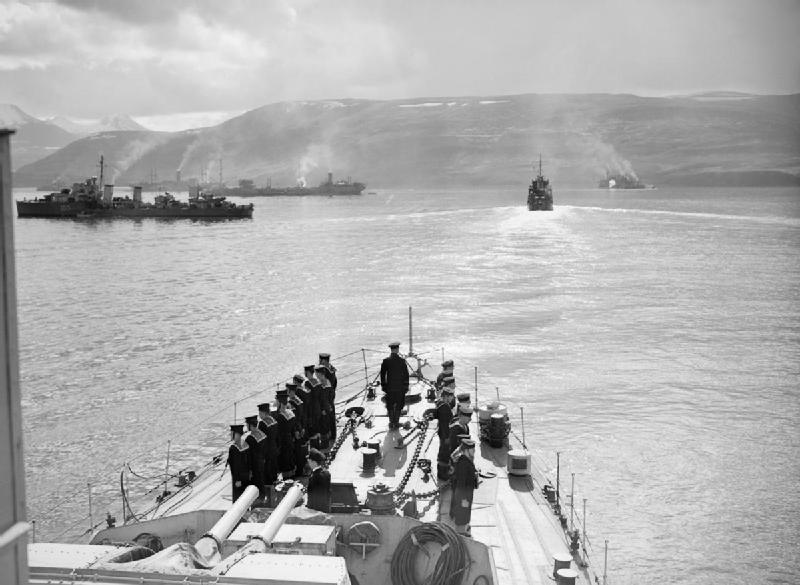Probably ffrom the source the US military always got and get its funds:
debts
... as had the germans as well.
So where were the debts coming from? At some stage, saying "just borrow more money" is pretty close to saying "just get ASBs to carry the troops across the Channel". Money isn't always available in endless streams, particularly in a country that (like Nazi Germany IIRC) already has cash problems and a balance of payment problem.
As noted, even in 1930s peacetime a 36 aircraft carrier required 125% as much to build and run as a 35,000 ton battleship according to Chatfield's figures. A country that has no experience in carriers will no doubt have to spend even more, This is not going to be a cheap exercise and hand waving away the expense is not realistic.
It's similar with training for night attacks. Unless you're going to find very large ASBs with very flat backs, you're going to need aircraft carriers to land on so that your pilots can learn how to do night attacks. Having carriers and training takes resources. As far as I know, all three of the navies with significant carrier fleets had at least one carrier just being used for basic training, and the navy that had just one for a while (the RN with Argus) had major problems in getting enough trained aircrew. So any combat-worthy carrier arm is going to need to put significant resources into training aircrew, deck crew, officers, etc. Where are those resources - at least one carrier plus lots of aircraft and aircrew - going to come from?
And if they were created, how effective would they be? The stats are stark - in that theatre three carriers went into action against capital ships at sea and they scored one (severely) damaging hit and sank no ships. Nine battleships went into action (ignoring the two or three old ships that defended convoys) and they sank two battleships, one battlecruiser, one carrier and two destroyers. Battleships on average sank .75 ships* and scored a couple of mission kills, carriers sank 0.00000 ships and got .333 crippled ships.
I'm NOT a battleship fan but the reality is that battleships did much better than carriers in the Atlantic, North Sea and Arctic Ocean in WW2 when it came to sinking heavy ships. Why, then, does it seem to be assumed that the KM would do better by using carriers as their main force? Yes, a carrier or two doing escort for capital ships could have been invaluable but that's not what the OP is about.
Yes, the Germans had radar. We know. That is irrelevant to the point that the Countries were not, as you claimed, going to be unable to track the German ships in poor visibility,
* with destroyer assistance in one case
